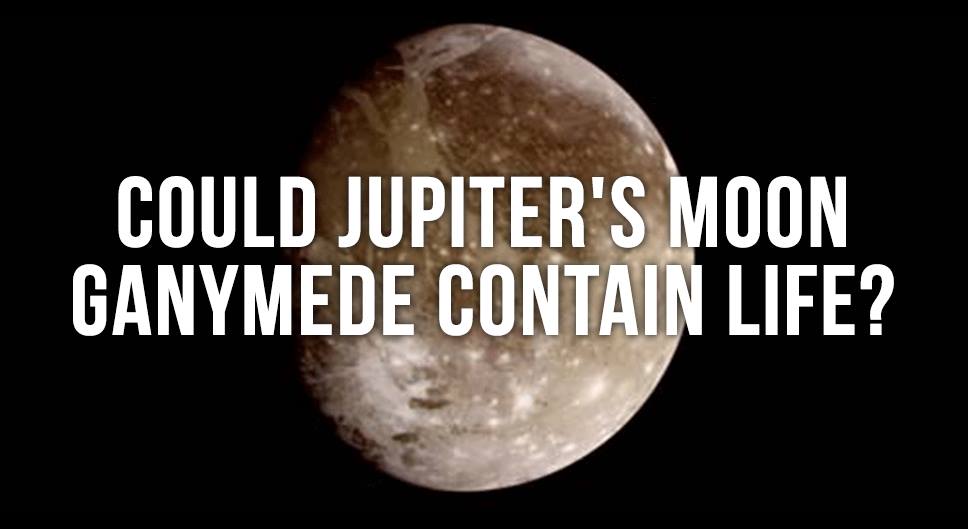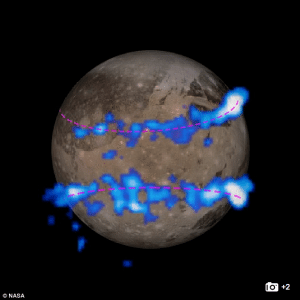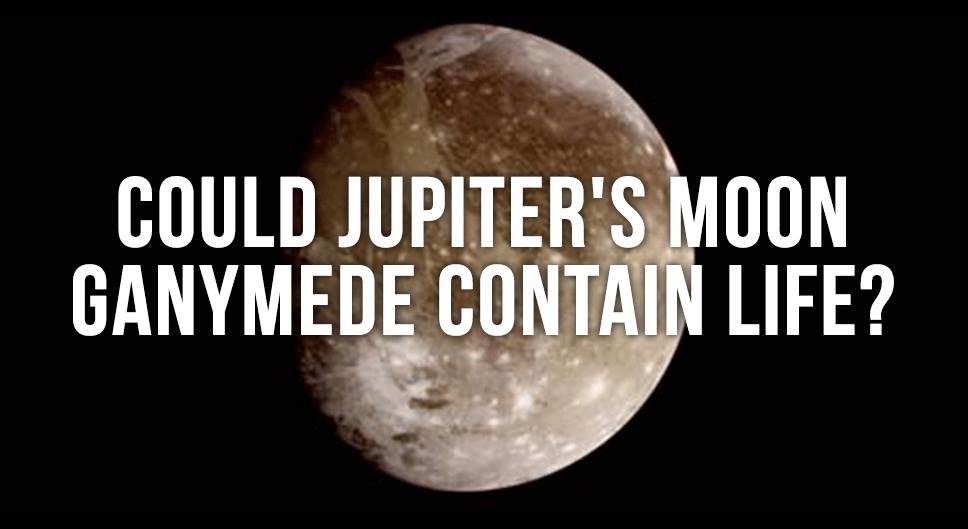
The fine people over at NASA have confirmed that Ganymede, Jupiter’s largest moon, has an ocean beneath it’s ice-covered surface, which greatly increases the chance that there is potentially life there. That discovery took a little detective work between current Hubble telescope scans, and info from the Galileo satellite info from 1995-2003.
Buy an “Intelligence is sexy” t-shirt!
One of the most interesting things about Ganymede is its twin blue auras that can be seen glowing through it’s atmosphere. As Jupiter rotates, its magnetic field shifts, causing Ganymede’s auroras to rock. As scientists measured the motion of the auroras, they realized that at one point they quit rocking. Using computer models, they realized that a salty, electrically conductive ocean beneath the moon’s surface was counteracting Jupiter’s magnetic pull, settling the auroras. “Jupiter is like a lighthouse whose magnetic field changes with the rotation of the lighthouse. It influences the aurora,” said geophysicist Joachim Saur, with the University of Cologne in Germany.”With the ocean, the rocking is significantly reduced.”

After running more than 100 computer models to see if there could possibly be affecting the auras, there was a 7 hour long Hubble telescope ultraviolet observation done. Both confirmed the presence of water under the icy moon surface. “This gives us confidence in the measurement,” Saur said. NASA Associate Administrator Jim Green called the finding “an astounding demonstration, They developed new approach to look inside a planetary body with a telescope.” Ganymede joins a growing list of moons in the outer solar system with subsurface water.
Ganymede’s ocean is estimated to be 60 miles (100 km) deep, making it 10 times deeper than Earth’s oceans, and is buried under a 95-mile (150-km) crust of ice. “It is one step further toward finding that habitable, water-rich environment in our solar system,” said astronomer Heidi Hammel with the Washington-based Association of Universities for Research in Astronomy.
Which brings me to my next question: How long before I can take my kayak to one of these far off planets and catch some space fish?
Reference:
Daily Mail
Image:
NASA



